What if the key to mental clarity was as simple as sorting through an old attic? For many Americans juggling endless to-do lists, notifications, and worries, the idea of a mental reset feels like a distant dream. Yet, a growing number of people are turning to a surprisingly straightforward method to lighten their cognitive load: the 3 box memory dump. This approach, rooted in the concept of categorizing and offloading thoughts, promises to help untangle the chaos of an overactive mind. It’s not about forgetting—it’s about organizing what matters. As stress and information overload continue to define life in 2025, this technique is gaining traction among professionals, parents, and creatives alike. Could this be the practical tool we’ve been missing to reclaim focus and calm in a distracted world?
The Origins of a Mental Sorting System
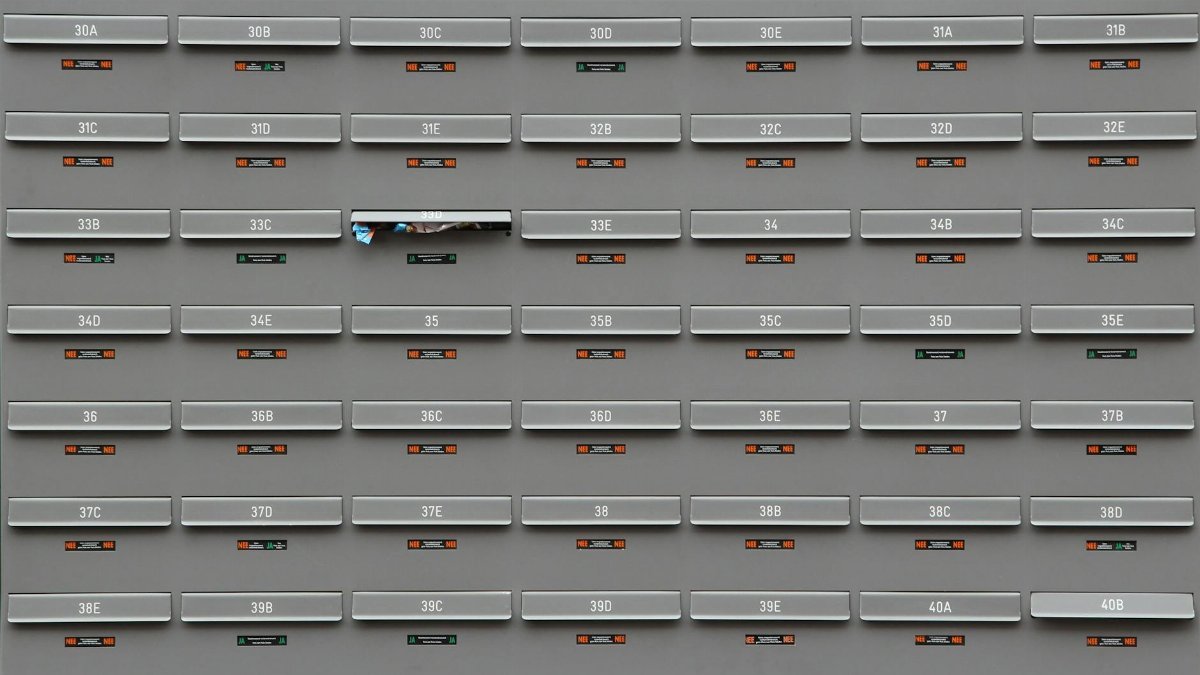
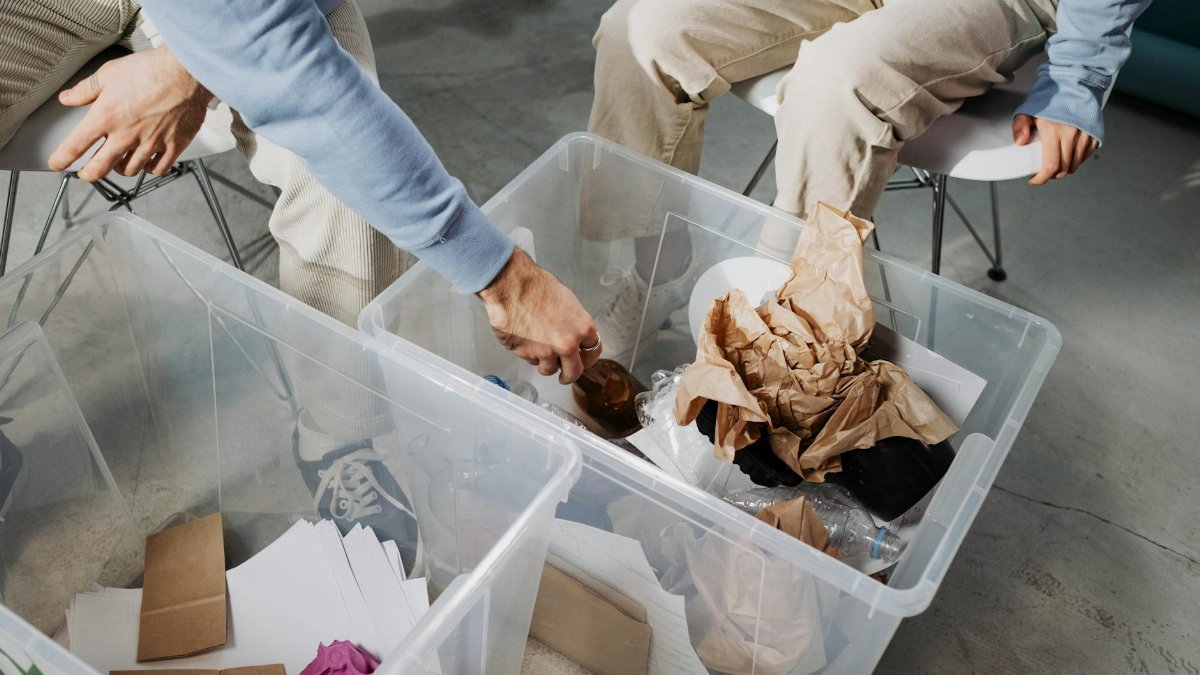
The 3 box memory dump isn’t a flashy new app or a trendy wellness fad. Its roots lie in psychological strategies for managing cognitive overload, drawing from concepts like externalization—getting thoughts out of your head and into a tangible form. Think of it as a mental filing cabinet, but with only three slots: keep, delay, and discard. The method emerged from therapeutic practices aimed at helping individuals with anxiety or decision fatigue break down overwhelming mental clutter into manageable pieces. Therapists and coaches started promoting variations of this idea over a decade ago, often tailoring it to clients drowning in endless mental loops.
A 2013 study from the University of California, Los Angeles, highlighted how externalizing thoughts through writing or categorization can reduce stress by up to 20% in some participants. UCLA Newsroom reported on similar findings linking cognitive offloading to improved focus. While the exact phrase “3 box memory dump” may be a more recent framing, its principles align with these evidence-based approaches. Today, it’s less about clinical settings and more about everyday people seeking a practical lifeline.
How the Three Boxes Actually Work

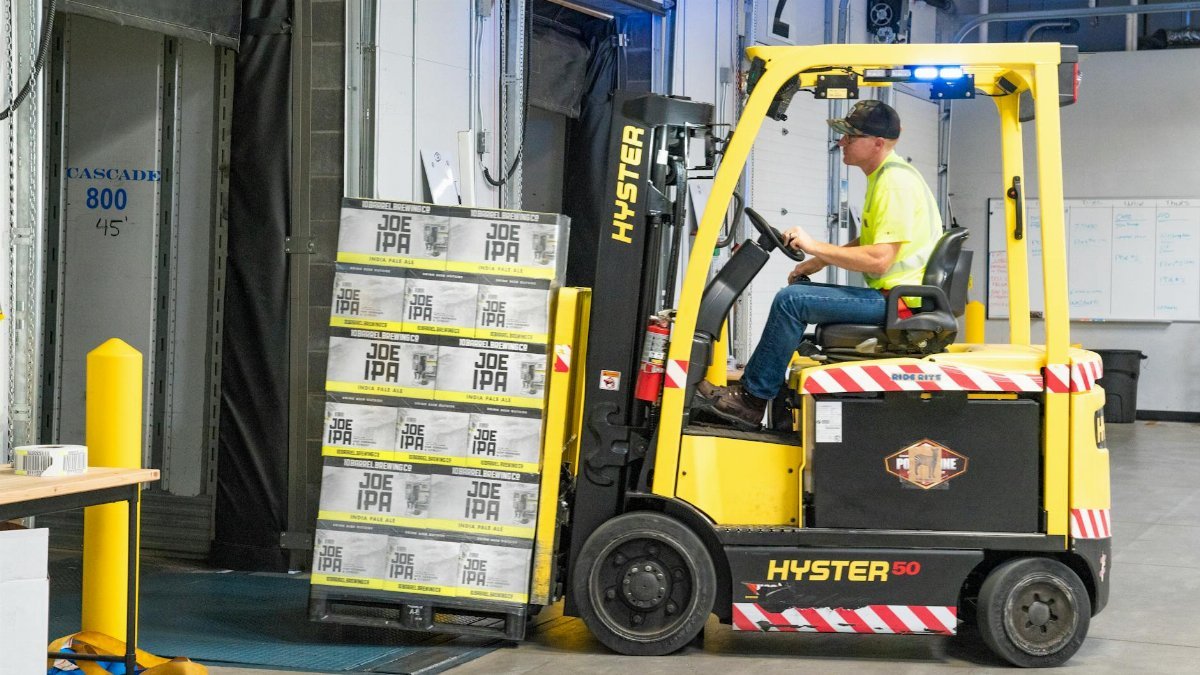
Imagine sitting at your kitchen table, a notebook in hand, with your mind buzzing from a dozen unfinished tasks. The 3 box memory dump starts with a brain dump—writing down every thought, worry, or idea crowding your head. No filter, no judgment. Then comes the sorting. Box one is for urgent or essential thoughts: things you must act on soon, like a looming deadline. Box two holds items to revisit later—ideas or concerns that matter but aren’t pressing. Box three? That’s the trash bin. It’s for thoughts that serve no purpose, like replaying an awkward conversation from last week.
This isn’t just theoretical. A busy parent in a recent online discussion described the relief of using this method to prioritize: one box for school forms needing signatures, another for vacation plans, and a third for guilt over missing a bake sale. The act of assigning each thought a place, they noted, felt like finally turning down the volume on mental static. It’s a tactile process that tricks the brain into feeling unburdened.
Why Our Brains Need This Now


In 2025, the average American is bombarded with over 34 gigabytes of data daily, according to estimates from the University of Southern California. USC News has covered how this deluge fuels stress and decision fatigue. Our brains aren’t built to store endless streams of information without a pressure valve. The National Institute of Mental Health reports that chronic stress from information overload impacts nearly 30% of adults, often manifesting as poor focus or burnout. NIMH Statistics underscore the scope of this struggle.
The 3 box memory dump acts as that valve. By externalizing thoughts, it leverages what psychologists call the “Zeigarnik effect”—our tendency to remember unfinished tasks until they’re resolved or offloaded. Once a worry is in a box, the brain can relax, knowing it’s accounted for. This isn’t just about productivity; it’s about mental survival in an era of constant input.
Real-World Applications and Wins
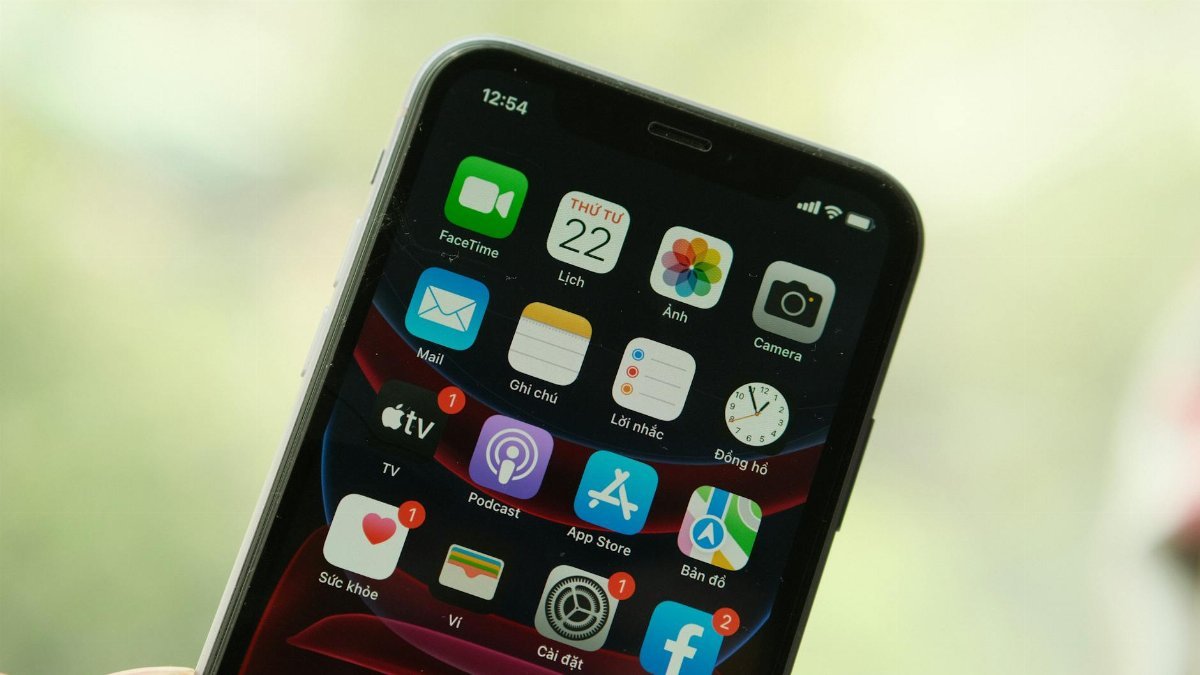

Beyond personal stress relief, this method is finding a foothold in professional spaces. Take a mid-level manager in a bustling Chicago tech firm, swamped by emails, project updates, and team conflicts. By using the 3 box memory dump during a hectic quarter, they sorted urgent client issues into box one, delegated team training to box two, and let go of petty office drama in box three. The result? A clearer head for strategic decisions and a noticeable drop in late-night anxiety.
Creatives, too, are latching on. Writers and artists often face a flood of ideas mixed with self-doubt. Assigning half-formed concepts to a “later” box while discarding fears of failure can unlock hours of focused work. A 2021 report from Pew Research noted a spike in Americans seeking mental clarity tools, with 41% of surveyed adults experimenting with mindfulness or cognitive strategies. Pew Research Health & Wellness captures this growing trend. The simplicity of this method makes it a standout.
Challenges and Missteps to Avoid


Of course, the 3 box memory dump isn’t a magic wand. One common pitfall is overloading the “keep” box with too many urgent items, which can recreate the same overwhelm it’s meant to solve. A therapist might advise starting small—limit box one to just three priorities at first. Another snag is neglecting the “discard” box. Holding onto useless thoughts out of guilt or habit defeats the purpose. It’s tough, but letting go is the point.
Some also struggle with consistency. Scribbling thoughts down once feels good, but without a habit, the clutter creeps back. Setting aside five minutes daily, perhaps before bed, can anchor the practice. The key is patience—rewiring how you handle mental load takes time, not a single purge. Recognizing these hurdles upfront can turn a good idea into a lasting tool.
A Broader Impact on Daily Life


Step back, and the ripple effects of this method become clear. Clearing mental space doesn’t just help with tasks; it reshapes how we connect. A less cluttered mind means more presence during conversations, more patience with a frustrated child, or even the bandwidth to dream up a new hobby. In a culture obsessed with multitasking, the 3 box memory dump pushes against the myth that we must juggle everything at once.
Consider the quiet moments that emerge when the brain isn’t on overdrive. There’s room to notice the small stuff—the warmth of morning coffee, the sound of rain against the window. It’s not dramatic, but it’s profound. As workloads and digital noise keep ramping up in 2025, tools like this offer a way to carve out mental breathing room, one sorted thought at a time.
Adapting the Method to Fit You
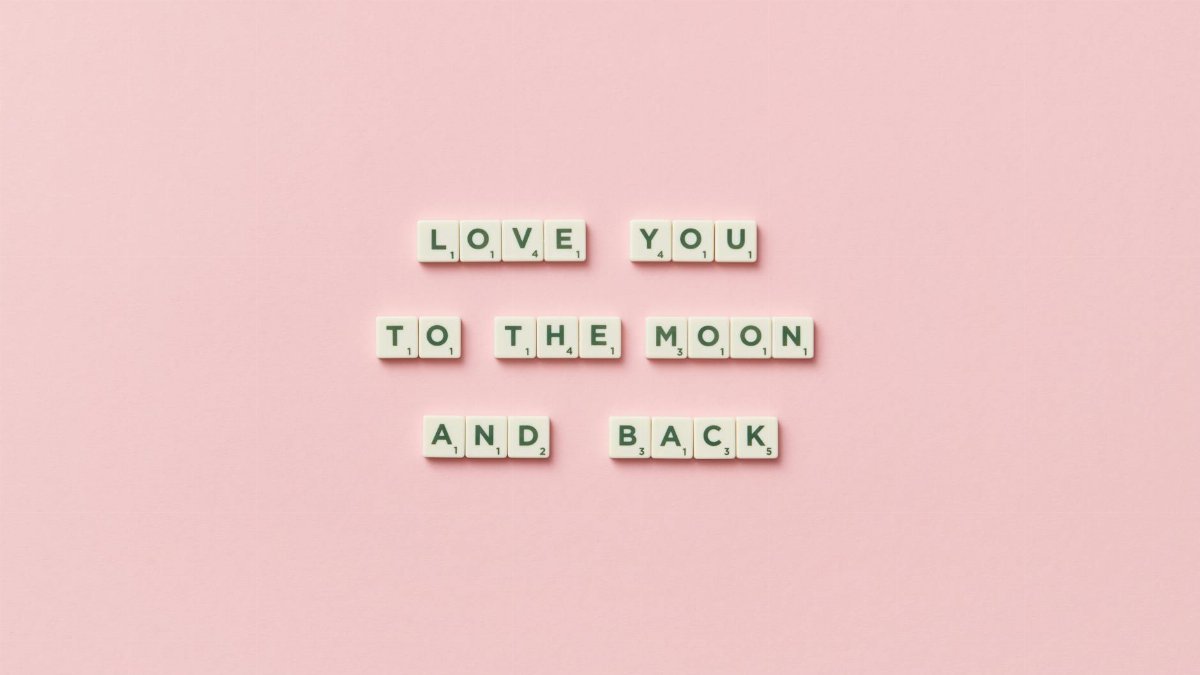

Not everyone needs a notebook for this. Some adapt the 3 box memory dump to digital tools, using apps with categorized lists or voice notes to capture thoughts on the go. Others keep it physical, drawing literal boxes on a whiteboard at home. The medium doesn’t matter as much as the mindset—committing to sort and release.
Start by experimenting. If writing feels forced, try speaking your brain dump into a recorder, then sorting aloud. If three boxes feel too rigid, tweak it to two or four. The goal isn’t perfection but finding a rhythm that cuts through mental noise. Over time, what begins as a clunky exercise can morph into a seamless habit, quietly reshaping how you navigate daily chaos.
Disclaimer
The content on this post is for informational purposes only. It is not intended as a substitute for professional health or financial advice. Always seek the guidance of a qualified professional with any questions you may have regarding your health or finances. All information is provided by FulfilledHumans.com (a brand of EgoEase LLC) and is not guaranteed to be complete, accurate, or reliable.
